Mode d’emploi Philips HX6431 Sonicare Brosse à dents électrique
Besoin d'un mode d’emploi pour votre Philips HX6431 Sonicare Brosse à dents électrique ? Ci-dessous, vous pouvez consulter et télécharger gratuitement le mode d’emploi PDF en français. Ce produit a actuellement 7 questions fréquemment posées, 0 commentaires et 0 votes. Si ce n'est pas le mode d’emploi que vous souhaitez, veuillez nous contacter.
Votre produit est défectueux et le mode d’emploi n’offre aucune solution ? Rendez-vous à un Repair Café pour obtenir des services de réparation gratuits.
Mode d’emploi
Loading…

Loading…
Évaluation
Dites-nous ce que vous pensez du Philips HX6431 Sonicare Brosse à dents électrique en laissant une note de produit. Vous voulez partager vos expériences avec ce produit ou poser une question ? Veuillez laisser un commentaire au bas de la page.En savoir plus sur ce mode d’emploi
Nous comprenons qu’il est agréable d’avoir un mode d’emploi papier pour vos Philips HX6431 Sonicare Brosse à dents électrique. Vous pouvez toujours télécharger le mode d’emploi depuis notre site Web et l’imprimer vous-même. Si vous souhaitez disposer d’un mode d’emploi original, nous vous recommandons de contacter Philips. Ils pourront peut-être fournir un mode d’emploi original. Recherchez-vous le mode d’emploi de votre Philips HX6431 Sonicare Brosse à dents électrique dans une autre langue ? Choisissez votre langue préférée sur notre page d’accueil et recherchez le numéro de modèle pour voir si nous l’avons disponible.
Caractéristiques
| Marque | Philips |
| Modèle | HX6431 Sonicare |
| Catégorie | Brosses à dents électriques |
| Type de fichier | |
| Taille du fichier | 0.51 MB |
Tous les modes d’emploi pour Philips Brosses à dents électriques
Plus de modes d’emploi de Brosses à dents électriques
Foire aux questions sur Philips HX6431 Sonicare Brosse à dents électrique
Notre équipe d’assistance recherche des informations utiles sur les produits et des réponses aux questions fréquemment posées. Si vous trouvez une inexactitude dans notre foire aux questions, veuillez nous le faire savoir en utilisant notre formulaire de contact.
À quelle fréquence et pendant combien de temps dois-je me brosser les dents ? Vérifié
Il est conseillé de se brosser les dents au moins 2 fois par jour pendant au moins 2 minutes. De nombreuses brosses à dents électriques sont équipées d'une fonction indiquant ces 2 minutes.
Cela a été utile (52) En savoir plusLe brossage avec une brosse à dents électrique est-il préférable au brossage manuel ? Vérifié
Les brosses à dents électriques sont beaucoup plus efficaces pour enlever la plaque dentaire que le brossage manuel. Beaucoup de brosses à dents électriques aident aussi à chronométrer la séquence de brossage, ce qui permet d’obtenir un meilleur résultat.
Cela a été utile (31) En savoir plusJe me brosse les dents deux fois par jour mais j'ai encore des soucis de mauvaise haleine, pourquoi ? Vérifié
La mauvaise haleine n'est pas seulement causée par des résidus de nourriture sur les dents ou des gencives enflammées. Les bactéries sur la langue et une bouche sèche peuvent également provoquer une mauvaise haleine.
Cela a été utile (29) En savoir plusPuis-je utiliser une brosse à dents électrique sous la douche ? Vérifié
Cela dépend de la marque et du modèle. Vérifiez toujours cela à l’avance pour assurer votre sécurité et ne le faites pas si votre brosse à dents n’est pas adaptée.
Cela a été utile (24) En savoir plusÀ partir de quel âge un enfant peut-il utiliser une brosse à dents électrique ? Vérifié
Les enfants peuvent utiliser une brosse à dents électrique à partir du moment où ils peuvent tenir et utiliser une brosse à dents indépendamment. Pour les enfants, utilisez une petite tête de brosse à poils doux. Pour les enfants jusqu’à 5 ans, utilisez un dentifrice spécial avec une quantité réduite de fluorure.
Cela a été utile (21) En savoir plusÀ quelle fréquence dois-je remplacer la tête de ma brosse à dents électrique ? Vérifié
Philips recommande de remplacer la tête de la brosse tous les 3 mois pour un résultat optimal.
Cela a été utile (14) En savoir plusEst-ce que ma tête de brosse Sonicare s'adapte aussi sur d'autres brosses à dents électriques Philips ? Vérifié
Oui, les têtes de brosse Sonicare s’adaptent sur toutes les brosses à dents électriques Philips Sonicare, à l'exception des modèles PowerUp Battery et Essence.
Cela a été utile (3) En savoir plus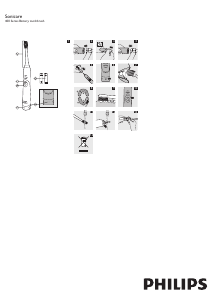


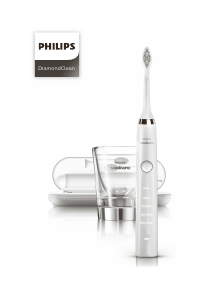
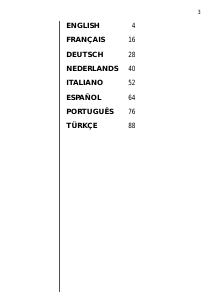
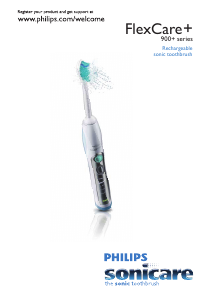
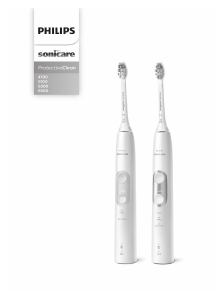
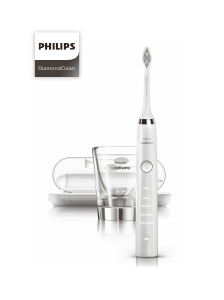

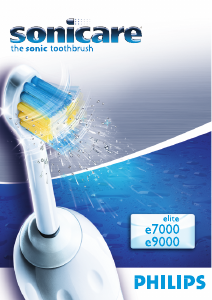
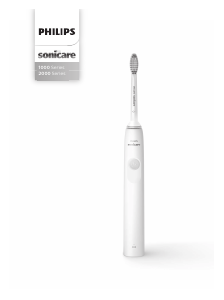
Joignez-vous à la conversation sur ce produit
Ici, vous pouvez partager ce que vous pensez du Philips HX6431 Sonicare Brosse à dents électrique. Si vous avez une question, lisez d’abord attentivement le mode d’emploi. La demande d’un mode d’emploi peut être effectuée en utilisant notre formulaire de contact.